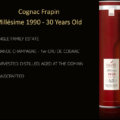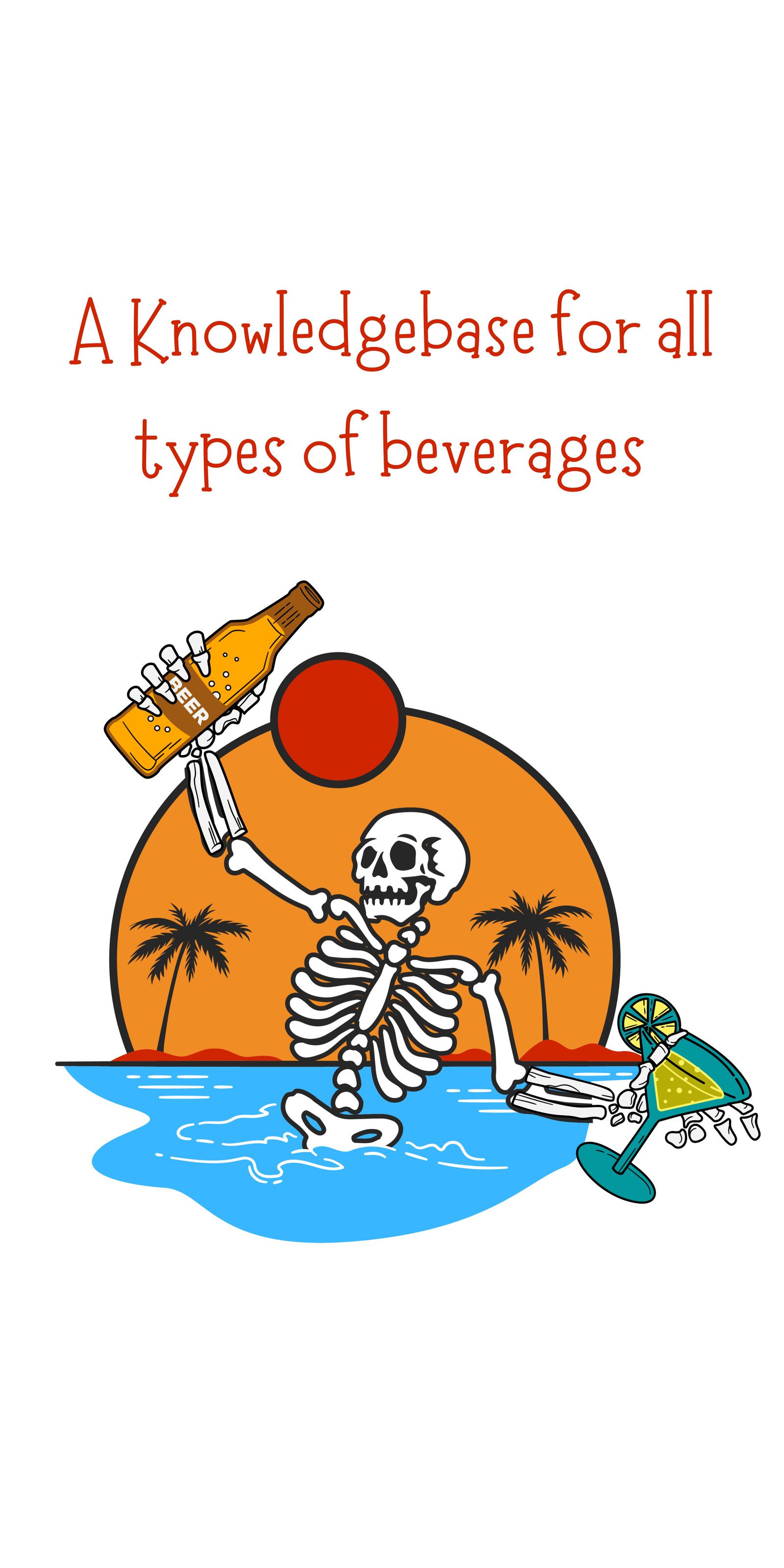Kirsch, also called Kirschwasser, dry, colourless brandy distilled from the fermented juice of the black morello cherry. Kirsch is made in the Black Forest of Germany, across the Rhine River in Alsace (France), and in the German-speaking cantons of Switzerland. Its production methods remain traditional. The fully ripened cherries are mashed in a large wooden tub or vat and allowed to ferment freely. Upon completion of this process, the entire mass—liquid, pulp, and cherry stones—is distilled in a pot still. During the mashing, some of the cherry stones, or pits, are crushed, releasing some of their oils and acids. These include small amounts of hydrocyanic acid, which impart a distinctive bitter almond undertone to the beverage. Kirsch is not aged. It is marketed at 90 to 100 proof, in the clear white (colourless) state it comes off the still. It is a fruit brandy with a clean cherry fragrance and bitter almond taste. Kirsch is consumed neat, as brandy, and in cocktails and is also used in cooking as a flavouring.


Kirschwasser is usually imbibed neat. It is traditionally served cold in a very small glass and is taken as an apéritif. However, people in the German-speaking region where kirschwasser originated usually serve it after dinner, as a digestif.
Because morellos were originally grown in the Black Forest regions of Germany, kirschwasser is believed to have originated there.
Kirschwasser is colorless because it is either not aged in wood or is aged in barrels made of ash. It may have been aged in paraffin-lined wood barrels or in earthenware vessels.’
In France and in English-speaking countries, clear fruit brandies are known as eaux de vie. The European Union sets a minimum of 37.5% ABV (75 proof) for products of this kind; kirschwasser typically has an alcohol content of 40%–50% ABV (80–100 proof). About 10 kilograms (22 pounds) of cherries go into the making of a 750 ml bottle of kirschwasser.


Used in Food
Kirsch is sometimes used in Swiss fondue and in some cakes, such as the Zuger Kirschtorte. It is also commonly used in the dessert cherries jubilee.
It is used in traditional German Schwarzwälder Kirschtorte (Black Forest gateau) and in other cakes—for example in Gugelhupf cake.
Kirsch can also be used in the filling of chocolates. Typical kirsch chocolate consists of no more than one milliliter of kirsch, surrounded by milk or (more usually) dark chocolate with a film of hard sugar between the two parts. The hard sugar acts as an impermeable casing for the liquid content and also compensates for the lack of sweetness that is typical of kirsch. Swiss chocolatiers Lindt & Sprüngli and Camille Bloch, among others, manufacture these kirsch chocolates.










